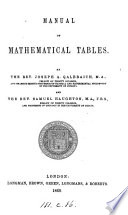 | Joseph Allen Galbraith - 1860 - 288 pages
...which the rules for using logarithmic tal1ies in numerical computations are derived. PROPOSITI°N I. The logarithm of the product of two numbers is equal to the sum of the logarithms of the numbers. If the numbers be N and M, let n = log N, and m = log M to any base a, then by the definition,... | |
 | Joseph Allen Galbraith, Samuel Haughton - Logarithms - 1860 - 310 pages
...which the rules for using logarithmic tables in numerical computations are derived. PROPOSITION I. t'he logarithm of the product of two numbers is equal to the sum of e logarithms of the numbers. If the numbers be N and M, let n = log N, and m = log Л/ to any ise a,... | |
 | Charles Davies - Algebra - 1860 - 412 pages
...since a is the base of the system, we have from the definition, 3/ + x" = log (N' x N") ; that is, The logarithm of the product of two numbers is equal to the tum of their logarithms. 231 • If we divide equation (1) by equation (2), member by member, we have,... | |
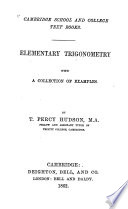 | Thomas Percy Hudson - Trigonometry - 1862 - 202 pages
...is called the logarithm of N with reference to a, or, as it is usually expressed, to the base a. 2. The logarithm of the product of two numbers is equal to the sum of the logarithms of the numbers. Let a be the base, M, N the numbers, and x and y their logarithms respectively to the base... | |
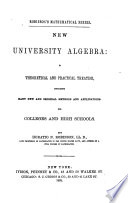 | Horatio Nelson Robinson - Algebra - 1863 - 432 pages
...unity. For, let a* = a; then x = log. a. But by (88), if a' = a, then x = 1, or log. a = 1. 3. — The logarithm of the product of two numbers is equal to the sum of the logarithms of the two numbers. For, let m = a*, n = a"; then x = log. от, z = log. n. But by multiplication we have mn = a**"* ;... | |
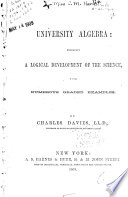 | Charles Davies - Algebra - 1863 - 338 pages
...by member, we have, az + * = mn. Whence, from the definition, x + y = Log mn . . . . ( 5.) That is,' the logarithm of the product of two numbers is equal to the sum of the logarithms of the two numIf we divide ( 3 ) by ( 4 ), member by member, we shall have, - m n Whence, from the definition,... | |
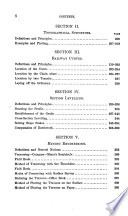 | Charles Davies - Leveling - 1871 - 448 pages
...(5), member by member, we have, 10" +q = mn; whence, by the definition, p + q = log (mn) (6.) That is, the logarithm of the product of two numbers is equal to the sum of the logarithms of the numbers. 6. Dividing (4) by (5), member by member, we have, whence, by the definition, 10*- = -; n... | |
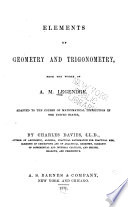 | Adrien Marie Legendre - Geometry - 1871 - 490 pages
...we have, 10 = mn ; whence, by the definition, x + y = log (mn) (6.) That is, the logarithm of tJie product of two numbers is equal to the sum of the logarithms of the numbers. 6. Dividing ( 4 ) by ( 5 ), member by member, we have, whence, by the definition, «-y = "*(£)... | |
 | 1873 - 192 pages
...(0.00130106) 2 ; <aooi30106 j,; 2.7 X (0.00130106)"- Use arithmetical complements in dividing. 6. Prove that the logarithm of the product of two numbers is equal to the sum of the logarithms of the numbers. 7. Find, by logarithms, the values of the following quantities (to six significant figures):... | |
 | Aaron Schuyler - Navigation - 1873 - 536 pages
...number corresponds to logarithm 3.63025? Ans. .0042683. MULTIPLICATION BY LOGARITHMS. 13. Proposition. The logarithm of the product of two numbers is equal to the sum of their logarithms. I! '(1) b• = m; then, by def., log m = a;. Let _ (2) b* = n; then, by def., log... | |
| |